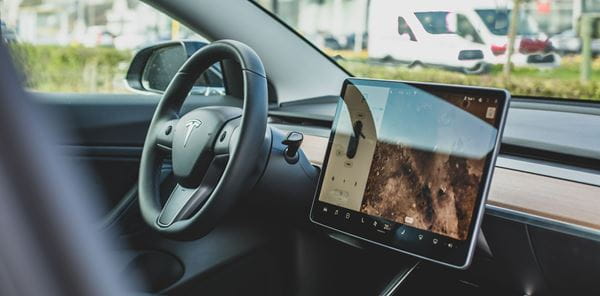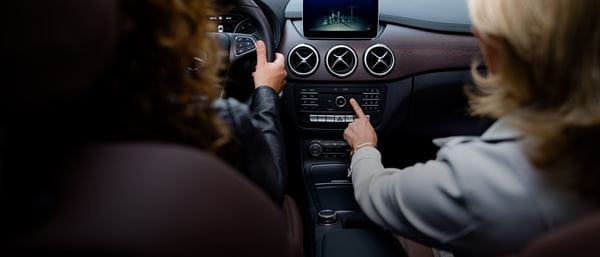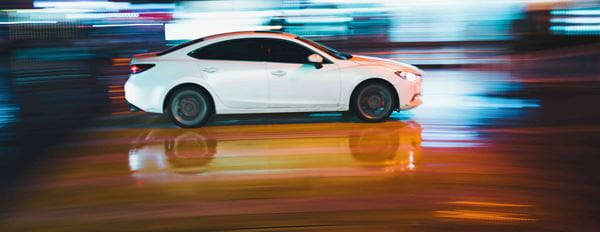
How to drive in hills
Driving in hills is one of the skills used frequently by drivers in Greece.
Certain areas and, especially, mountain routes have considerable inclines that require greater skill at the wheel. The same can be said of those moments when you must start and start the uphill march. Those inexperienced drivers and whose vehicle does not have assistance systems for those circumstances - such as an automatic car - often find themselves in serious difficulties.
You are one of them?
Do not worry. We have prepared a very complete article in which you will learn how to drive in hills and the best tricks to drive safely in these types of circumstances.
How to climb a hill by car
The first thing we must distinguish the type of road through which you are driving.
The express roads do not offer any complications, since they are designed so that the car's inertia allows it to maintain a constant speed and drive with a long gear.
It is the urban roads in hills and the secondary mountain roads that present the greatest difficulty, since it is not possible - nor should it - circulate at high speeds. Grade changes, curves, crossings and, of course, the presence of pedestrians require slower movement and frequent gear changes.
What gears to choose?
In these circumstances, the speed limits are usually below 50 km / hour, which suggests that, with some exceptions, the gear set to be used will be between the 2nd and 3rd speeds. In this way, it is guaranteed that the motor:
- Transmit enough force to climb hills without danger of stalling.
- Act as a brake if necessary, such as changes in grade or winding roads that do not allow the presence of curves to be anticipated correctly.
In the event that the engine stalls for any reason, you should remain calm and immediately apply the brake to prevent the vehicle from rolling back down the hill.
In a moment, we will explain how to start a vehicle uphill.
Anticipate downshifting
If downshifting is required, the shift should be anticipated before the engine begins to show that it is choking. This is easy to detect because the revs will go down and the vehicle will lose speed constantly despite the full throttle being pressed.
This means that the propulsion unit is not developing enough power to shift the weight of the vehicle at the desired speed. As a general rule, gasoline engines should not operate below 1,500 rpm, except in shorter gears (first and second). In the case of diesel, the threshold is a little lower, reaching up to 1,000 rpm. Obviously, the displacement of the vehicle is of great importance in subjecting the vehicle to greater stress at low revs.
How to start a car uphill
The biggest difficulty when starting a car on a hill lies in the need to coordinate the movement of the feet when using the pedals. There are many techniques in this regard, so let's quickly review all of them.
Are you a beginner?
In that case, the first thing you should do is keep the parking brake on with the lever in the up position. Then depress the clutch pedal and start the engine. Without releasing the clutch pedal, start pressing the accelerator to raise the revs. Only then can you gradually release your foot from the clutch until you feel that the engine is developing enough force to move the vehicle.
The clutch should not be fully released, but only up to the point where friction with the crankshaft begins to occur and the force of the engine is transmitted to the drive wheels. On gently inclining hills, this clutch pedal play may be enough for the engine to develop enough force to move the car, without pressing the accelerator. At that point, lower the parking brake lever and the vehicle will begin to move normally.
This technique is not only useful for novice drivers, but also on hills with a very steep incline.
In case of having some experience, the manoeuvre is carried out in a quite similar way but without the handbrake. Once the engine has started and with the clutch and brake pedals depressed, you must gently release the clutch to the point indicated in the previous section.
This is when the brake pedal can start to release. Often this will be enough for the vehicle to start driving. Otherwise, once the foot is released from the brake, the accelerator must be stepped on gradually.
How to park uphill
Parking on an uphill slope requires using the techniques described above to start a car uphill, with the particularity that to perform the manoeuvre in reverse, it is enough to depress the clutch for the vehicle to move. In other words, it is not necessary to make any gear changes.
Once the car has been parked, it is recommended to turn the front wheels towards the shoulder. It is a safety measure to prevent the car from accidentally moving, in those cases in which the parking brake fails.
How to drive downhill
Downhill driving has completely different implications. In these cases, the most relevant factors have to do with the correct use of the engine brake, as well as fuel economy.





